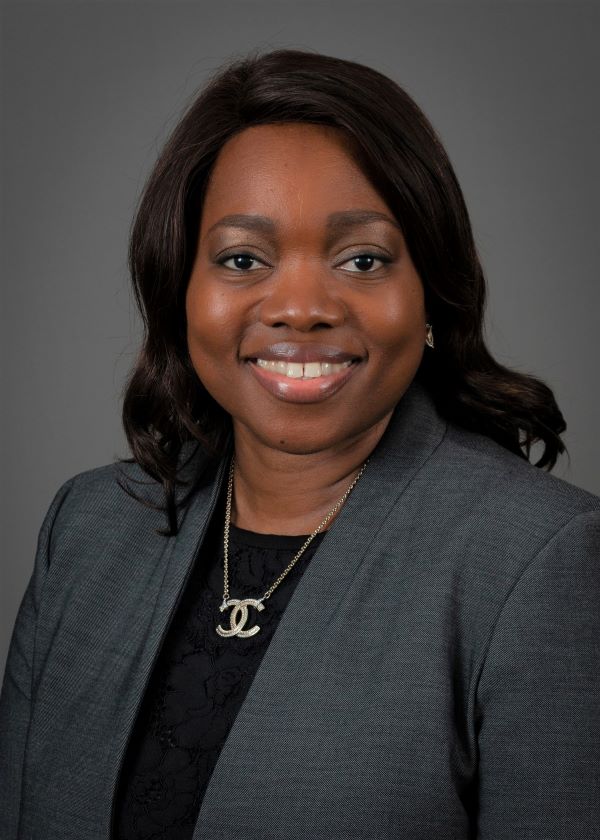
Diversity in clinical trials is a critical component of meaningful, applicable research. For radiation oncologists, achieving demographic diversity in trials is vital to ensure that our treatments can benefit all eligible patient populations.
Black patients, for example, are consistently underrepresented on clinical trials, comprising only about 5-7% of trial participants despite making up roughly 14% of the U.S. population. We also see a similar disparity with Hispanic patients. Without representation, trial results may fail to inform optimal treatments across demographics. Consider prostate cancer: studies have revealed that Black men who have prostate cancer may respond more effectively to radiation therapy than to surgery, but such findings are only possible when we enroll enough Black patients to power these analyses.
A study presented by Charlyn Gomez of the University of Maryland at ASTRO’s 2024 Annual Meeting found lingering distrust in clinical research among Black patients, despite their self-reported trust in their cancer medical teams. Beyond historical mistrust stemming from unethical practices like the Tuskegee Study, significant cultural and logistical barriers remain, as well as spiritual themes that can impact enrollment. Yet as researchers, we must also recognize our own impact. Unintentional barriers we set in clinical trial design and patient outreach can hinder enrollment.
Here are key steps radiation oncology teams can take to dismantle these barriers and build more inclusive clinical trials:
- Address implicit bias
Implicit bias — unconscious assumptions about a patient’s willingness or ability to participate in a clinical trial — can inadvertently exclude patients who might otherwise consider joining. Every patient should be given the opportunity to make that choice for themselves. This means overcoming assumptions like, “This patient is too anxious to participate,” or, “This single parent won’t have time.” All patients deserve the chance to say “yes” or “no” to enrollment. Implicit bias training programs can offer clinical teams the skills needed to recognize these biases and approach every patient openly, giving all patients an equal opportunity to make informed decisions.
- Involve patient advocates and engage the community
Trust-building through patient advocacy and community engagement creates powerful pathways for diversity. Patients often feel more comfortable learning about clinical trials from advocates with similar experiences. Patient advocates who have personally navigated clinical trials can be invaluable messengers, sharing firsthand insights and addressing common concerns. Reaching patients where they live, work and worship is equally important. Engaging patients in familiar environments, like barbershops or churches, and discussing the importance of trial diversity can build trust and promote participation.
- Prioritize workforce diversity
A diverse research and clinical team helps bridge cultural gaps and fosters trust with patients from varied backgrounds. Patients who see themselves represented among a clinic’s staff are more likely to feel welcome and understood, and this can help them feel more open to trial participation. Workforce diversity initiatives in hospitals and research centers can make a significant difference, ensuring that all patients who walk through the door feel like there’s someone on the team who can identify with them on a personal and cultural level.
- Design trials with inclusion in mind
Integrating diversity, equity and inclusion principles from the very start of clinical trial design is essential. Several considerations can help make trials more accessible for a broader range of participants:
-
Financial toxicity: Many trials require extra clinic visits, which can mean lost wages, additional travel expenses and childcare costs. Proactively addressing these burdens by providing resources, like travel stipends or flexible appointment options, can open doors for patients who otherwise couldn’t participate.
-
Inclusion/Exclusion criteria: Criteria like controlled blood pressure or specific kidney function values may not be scientifically essential yet disqualify many eligible participants. By reevaluating these criteria, we can ensure that trial designs reflect the patient populations we intend to serve.
-
Multilingual resources: Trials often require quality-of-life questionnaires and other materials that may only be available in English, creating a language barrier for many potential participants. Offering materials in multiple languages helps non-English-speaking patients engage fully and feel valued within the research process.
-
As radiation oncologists and clinical researchers, our mission is to push the boundaries of treatment and improve outcomes for all. But to do so, our trials must be as diverse as the populations we serve. From eliminating implicit bias to designing inclusive trials, each step toward inclusivity brings us closer to truly impactful research. By bridging gaps and building trust, we advance our field and the quality of care for every patient.


